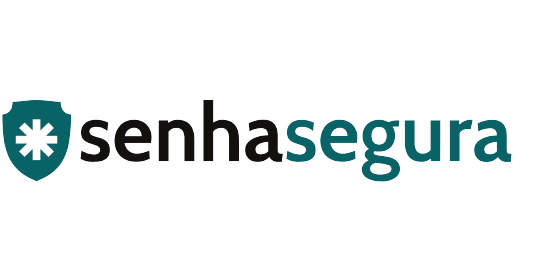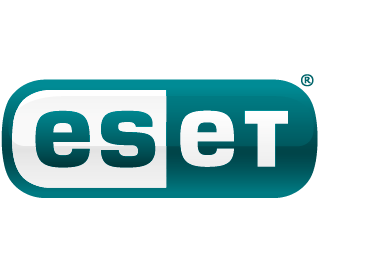The cloud concept is less and less a buzzword and more of a need. Everyone, from application developers, executives, and students, is benefiting from the flexibility and reliability of cloud-based solutions.
Although the cloud has evolved a lot in recent years, there are still risks involved. One of the main concerns of cybersecurity professionals is the protection of access in cloud environments.
The cloud hosts data for thousands and thousands of people – including third parties, employees, and customers – which increases the attack surface. A successful attack can be fatal for many companies, and directly affect business continuity.
In this article, we explore some of the main risks associated with the lack of protection in cloud access. Also, we explain how some basic actions can be strategic to mitigate the risks of lack of management and access protection in cloud environments.
With a little planning, you can effectively mitigate these risks and take advantage of all that the constantly evolving cloud has to offer. Keep reading on and find out what risks you are exposed to due to the lack of protection for cloud accesses.
Lack of Governance
Do you have control of the data in your cloud environment? Do you know what information your employees have access to? Do outsourced employees have limited and controlled access to your cloud? The answers to these questions indicate whether your organization has good governance in the cloud or not.
Cloud governance ensures that all actions, from the implementation of a new server to the interactions of systems and data security, are properly managed.
The move from local infrastructures in companies to cloud environments adds layers of complexity to the protection of systems. It also means that more people in your company have the potential to impact these systems. That is why it is essential to develop and maintain a cloud governance model for access management.
By designating who has access to each part of the asset, information, and system management, your governance plan will determine the necessary limits on who can access and impact your infrastructure.
As mentioned earlier, this is especially important considering how easy it is to deploy new servers and other assets in the cloud. The last thing you want is applications and IT initiatives that are not properly managed, impacting your systems architecture and negatively impacting customers and users.
Controlling access to your cloud’s critical assets is essential for a more reliable environment, especially if you outsource software development to other companies.
Data Breaches
Data breaches are a major cybersecurity concern as the amount of data transmitted over the internet has been growing exponentially. This continuous transfer of information makes it possible for attackers anywhere to attempt to breach data in almost any company they choose.
What are the main ways in which a data breach can occur? The simplest way to view private data is to steal someone else’s login credentials to enter a system.
To that end, attackers apply a series of strategies to get their hands on the logins and passwords of a company’s employees. This is a big risk associated with the lack of access protection in your cloud because even less-skilled attackers can easily access your company’s data.
Internal threats are also a form of a data breach. These threats involve employees who have access to protected information, deliberately exposing that data, often for personal gain. In that sense, when there is no proper access control to manage what employees and outsourced people do in the cloud environment, this threat can become real.
Access control is a way to minimize risks associated with data breaches, ensuring that your employees have only the minimum access and permissions necessary to do their job.
Non-Compliance With Market Laws and Regulations
New laws such as the LGPD (General Data Protection Law) are increasingly demanding the development of a series of procedures for data protection from Brazilian companies. The law should be applied to any organization that performs operations with personal data, such as the collection, transmission, storage, or processing of data from Brazilians…
If your company fits into this segment, it is important to understand how access protection failures in your cloud environment can negatively affect business.
In cases where a breach of personal data occurs and if your company has not taken the required basic protection measures, you may suffer penalties, such as regulatory fines from the LGPD, which can reach 2% of revenues or R$ 50 million reais. Also, when it comes to cloud environments, you need to know where your cloud provider is located.
As an example, if your provider is located in any region of Europe, you should also seek compliance with the GDPR (General Data Protection Regulation) in order not to suffer penalties.
Meanwhile, in the payment methods market, certifications such as the PCI DSS (Payment Card Industry Data Security Standard) determine the importance of access control and management for cloud environments and define strong security policies for protecting customers.
Another example of regulation required by the payment methods market is Bacen’s Resolution 4658. The resolution is meant to guide procedures and controls to reduce cyber vulnerabilities and meet cybersecurity goals in cloud environments. Not complying is not an option for businesses.
Your Company and Your Customers at Risk
Cloud providers can guarantee compliance for their infrastructure and environment, but compliance with security and risk mitigation requirements is still entirely your responsibility.
We have already discussed access risks in cloud environments, so it is important to remember what is at risk. A breach of your data or your customer’s data can be devastating, depending on the type of data and the breach extent.
The costs of investigating and resolving a breach, associated legal expenses, and losses to a company’s reputation can be enough to make its business unfeasible.
senhasegura can help your company control risks in the cloud:
- Fully integrating and implementing two layers of privileged account security: for both the service provider and the customers.
- Reinforcing administrative access to virtual machines.
- Incorporating senhasegura into task automation tools to transparently provision new accounts via APIs.
- Systematically resetting standard passwords as part of the provisioning process.
- Providing individual responsibility for all privileged user activities.
- Isolating, monitoring, and recording all sessions.
- Replacing encrypted and visible application credentials with rotating credentials to improve security.
About Version 2
Version 2 is one of the most dynamic IT companies in Asia. The company develops and distributes IT products for Internet and IP-based networks, including communication systems, Internet software, security, network, and media products. Through an extensive network of channels, point of sales, resellers, and partnership companies, Version 2 offers quality products and services which are highly acclaimed in the market. Its customers cover a wide spectrum which include Global 1000 enterprises, regional listed companies, public utilities, Government, a vast number of successful SMEs, and consumers in various Asian cities.
About Senhasegura
Senhasegura strive to ensure the sovereignty of companies over actions and privileged information. To this end, we work against data theft through traceability of administrator actions on networks, servers, databases and a multitude of devices. In addition, we pursue compliance with auditing requirements and the most demanding standards, including PCI DSS, Sarbanes-Oxley, ISO 27001 and HIPAA.












